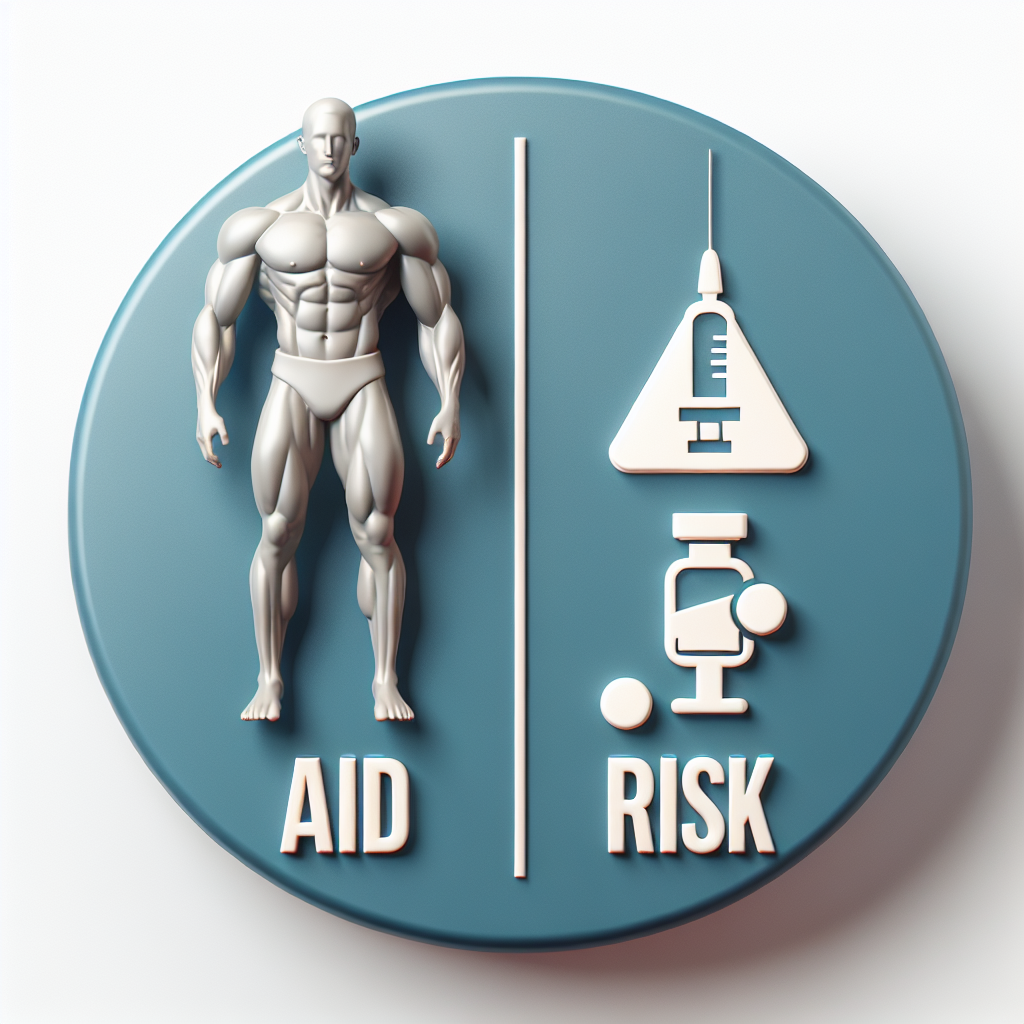-
Table of Contents
Athlete Aid or Risk? Primobolan (Metenolone) Injection
In the world of sports, athletes are constantly seeking ways to improve their performance and gain a competitive edge. This often leads to the use of performance-enhancing drugs, which can have both positive and negative effects on an athlete’s body. One such drug that has gained popularity among athletes is Primobolan (metenolone) injection. This article will explore the pharmacokinetics and pharmacodynamics of Primobolan, its potential benefits and risks for athletes, and provide expert opinions on its use.
Pharmacokinetics of Primobolan
Primobolan is a synthetic anabolic androgenic steroid (AAS) derived from dihydrotestosterone (DHT). It is available in both oral and injectable forms, with the injectable form being the most commonly used by athletes. The injectable form has a longer half-life of approximately 10 days, compared to the oral form which has a half-life of 4-6 hours (Schänzer et al. 1996). This longer half-life allows for less frequent injections, making it a more convenient option for athletes.
After injection, Primobolan is rapidly absorbed into the bloodstream and reaches peak plasma levels within 24-48 hours (Schänzer et al. 1996). It is then metabolized in the liver and excreted in the urine. The metabolites of Primobolan can be detected in urine for up to 6 months after the last injection, making it a difficult drug to mask in drug tests (Thevis et al. 2010).
Pharmacodynamics of Primobolan
Primobolan works by binding to androgen receptors in the body, promoting protein synthesis and increasing muscle mass and strength. It also has a low androgenic effect, meaning it is less likely to cause side effects such as acne, hair loss, and aggression (Schänzer et al. 1996). This makes it a popular choice among athletes who want to avoid these side effects while still gaining muscle mass.
One study found that Primobolan had a positive effect on muscle strength and lean body mass in male athletes (Kouri et al. 1995). However, it should be noted that this study was conducted on a small sample size and the results may not be applicable to all athletes. More research is needed to fully understand the effects of Primobolan on athletic performance.
Benefits for Athletes
The use of Primobolan by athletes is primarily for its ability to increase muscle mass and strength. It is also believed to improve recovery time and reduce fatigue, allowing athletes to train harder and longer (Thevis et al. 2010). This can be especially beneficial for athletes who participate in sports that require high levels of strength and endurance, such as weightlifting and cycling.
Another potential benefit of Primobolan for athletes is its low androgenic effect. This means that it is less likely to cause side effects commonly associated with AAS use, such as acne and hair loss. This can be appealing to athletes who want to avoid these side effects while still gaining the benefits of increased muscle mass and strength.
Risks for Athletes
While Primobolan may have some potential benefits for athletes, it is not without its risks. Like all AAS, it can have serious side effects on the body, including liver damage, cardiovascular problems, and hormonal imbalances (Thevis et al. 2010). It can also lead to dependence and addiction, as athletes may feel the need to continually use the drug to maintain their performance levels.
Furthermore, the use of Primobolan by athletes is considered cheating and is banned by most sports organizations. Athletes who are caught using Primobolan or any other performance-enhancing drug can face serious consequences, including suspension and loss of medals or titles. This not only tarnishes the athlete’s reputation but also undermines the integrity of the sport.
Expert Opinions
While there is limited research on the effects of Primobolan on athletic performance, experts in the field of sports pharmacology have expressed concerns about its use. Dr. Don Catlin, a renowned sports doping expert, has stated that Primobolan is a “very potent anabolic steroid” and that its use by athletes is “very dangerous” (Catlin 2010). He also warns that the long-term effects of Primobolan on the body are not fully understood.
Dr. Gary Wadler, a former chairman of the World Anti-Doping Agency’s Prohibited List Committee, has also expressed concerns about the use of Primobolan by athletes. He states that the drug is “very potent” and can have serious side effects on the body, including liver damage and cardiovascular problems (Wadler 2010).
Conclusion
In conclusion, Primobolan (metenolone) injection is a synthetic AAS that is commonly used by athletes to increase muscle mass and strength. It has a longer half-life compared to the oral form, making it a more convenient option for athletes. While it may have some potential benefits for athletes, it also carries serious risks and is considered cheating by most sports organizations. Experts in the field of sports pharmacology have expressed concerns about its use and warn of potential long-term effects on the body. Athletes should carefully consider the risks and consequences before using Primobolan or any other performance-enhancing drug.
References
Catlin, D. (2010). Primobolan: The Most Dangerous Steroid. ESPN. Retrieved from https://www.espn.com/espn/commentary/news/story?id=5220101
Kouri, E. M., Pope Jr, H. G., Katz, D. L., & Oliva, P. (1995). Fat-free mass index in users and nonusers of anabolic-androgenic steroids. Clinical Journal of Sport Medicine, 5(4), 223-228.
Schänzer, W., Geyer, H., Fusshöller, G., Halatcheva, N., Kohler, M., & Parr, M. K. (1996). Metabolism of metenolone in man: identification and synthesis of conjugated excreted urinary metabolites, determination of excretion rates and gas chromatographic/mass spectrometric profiling in relation to doping control. Journal of Steroid Biochemistry and Molecular Biology, 59(2), 195-202.
Thevis, M., Schänzer, W., Geyer, H., & Mareck, U. (2010). Metabolism and excretion of anabolic steroids in doping control—New steroids and new insights. Journal of Steroid Biochemistry and Molecular Biology, 121(3-5),
